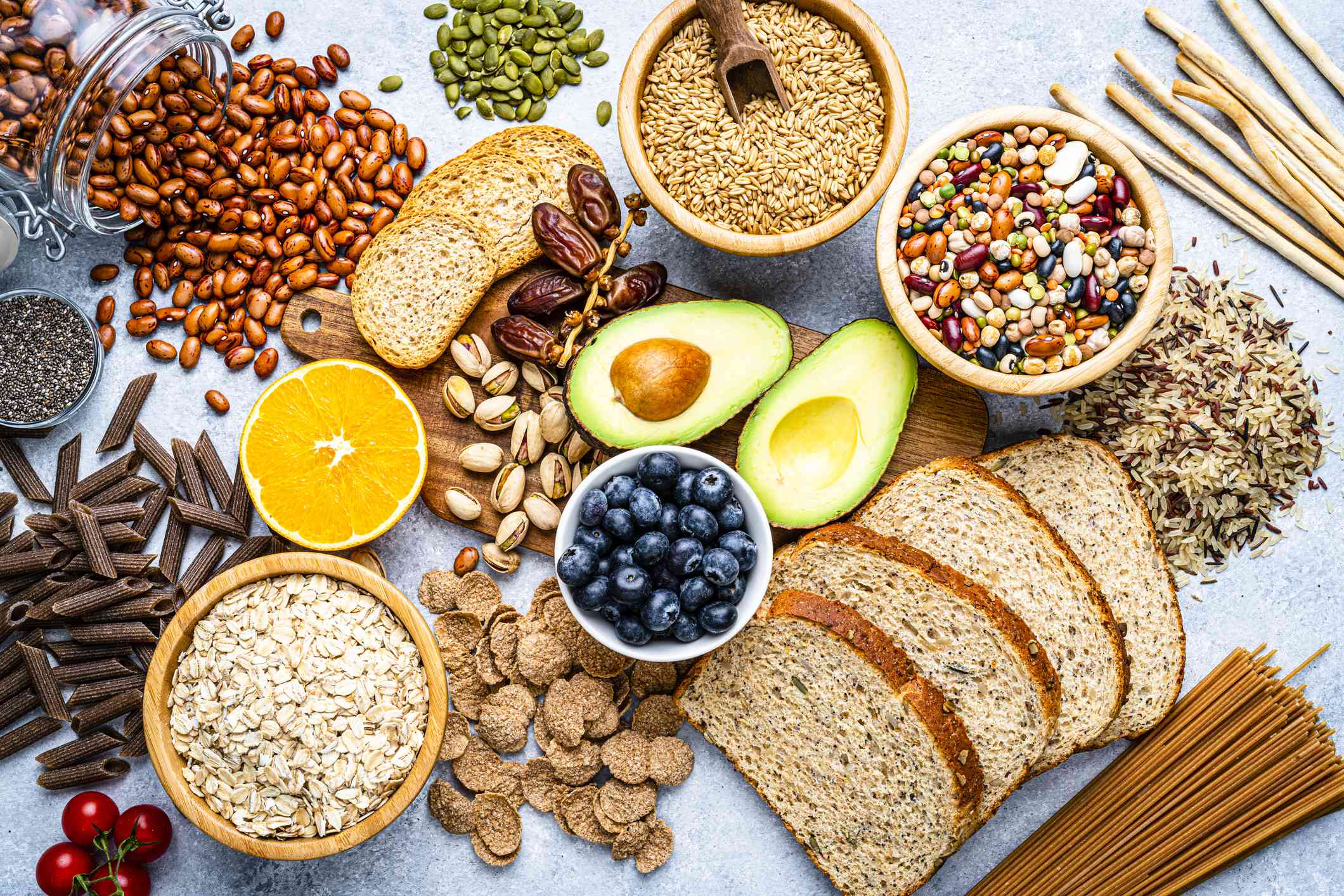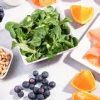- Empty cart.
- Continue Shopping
How to Understand the Fiber Content of Foods

Fiber is an essential nutrient that plays a crucial role in digestive health, weight management, and overall well-being. Understanding the fiber content of foods empowers you to make informed dietary choices that support a healthy lifestyle.
Different Types of Dietary Fiber
1. Soluble Fiber
- Dissolves in water, forming a gel-like substance.
- Found in foods like oats, fruits, and legumes.
- Helps regulate blood sugar levels and lower cholesterol.
2. Insoluble Fiber
- Does not dissolve in water, adding bulk to the stool.
- Found in foods like whole grains, vegetables, and nuts.
- Supports regular bowel movements and digestive health.
Reading Nutrition Labels
1. Check the Total Fiber Content
- Look for the “Dietary Fiber” section on the nutrition label.
- Aim for foods with higher fiber content to maximize health benefits.
2. Review the Ingredient List
- Ingredients like whole grains, fruits, and vegetables indicate a higher natural fiber content.
Identifying High-Fiber Foods
1. Whole Grains
- Examples: Whole wheat bread, brown rice, quinoa, oats.
- Choose whole grains over refined grains for increased fiber intake.
2. Fruits and Vegetables
- Examples: Apples, broccoli, carrots, berries.
- Include a variety of colorful fruits and vegetables in your diet for a wide range of nutrients and fiber.
3. Legumes
- Examples: Lentils, chickpeas, black beans.
- Legumes are rich in both soluble and insoluble fiber, making them an excellent addition to a high-fiber diet.
4. Nuts and Seeds
- Examples: Chia seeds, almonds, flaxseeds.
- These are not only good sources of fiber but also provide healthy fats and other essential nutrients.
Calculating Fiber Content in Whole Foods
1. Use Online Resources
- Various websites and mobile apps offer databases with the fiber content of different foods.
2. Refer to Food Packaging
- Some whole foods like fruits and vegetables provide fiber content information on stickers or labels.
Gradually Increasing Fiber Intake
1. Start Slowly
- Introduce fiber-rich foods gradually to allow your digestive system to adjust.
2. Stay Hydrated
- Drink plenty of water to support the movement of fiber through the digestive tract.
Being Mindful of Fiber Supplements
1. Consult a Healthcare Provider
- If considering fiber supplements, consult a healthcare provider for personalized recommendations.
2. Use Supplements as a Supplement, Not a Replacement
- Whole foods offer a wide range of nutrients in addition to fiber, so aim to get the majority of your fiber from natural sources.
Paying Attention to Individual Tolerance
1. Listen to Your Body
- Some individuals may have sensitivities to certain high-fiber foods. Pay attention to how your body responds and adjust accordingly.
2. Seek Professional Guidance
- If you have specific dietary concerns or health conditions, consult a registered dietitian or healthcare provider for tailored advice.
Finally, Understanding the fiber content of foods empowers you to make choices that promote digestive health, weight management, and overall well-being. By incorporating a variety of fiber-rich foods into your diet and being mindful of individual tolerances, you can harness the numerous benefits that come with a fiber-conscious approach to eating. Remember, a balanced and fiber-rich diet is a cornerstone of a healthy lifestyle.z








